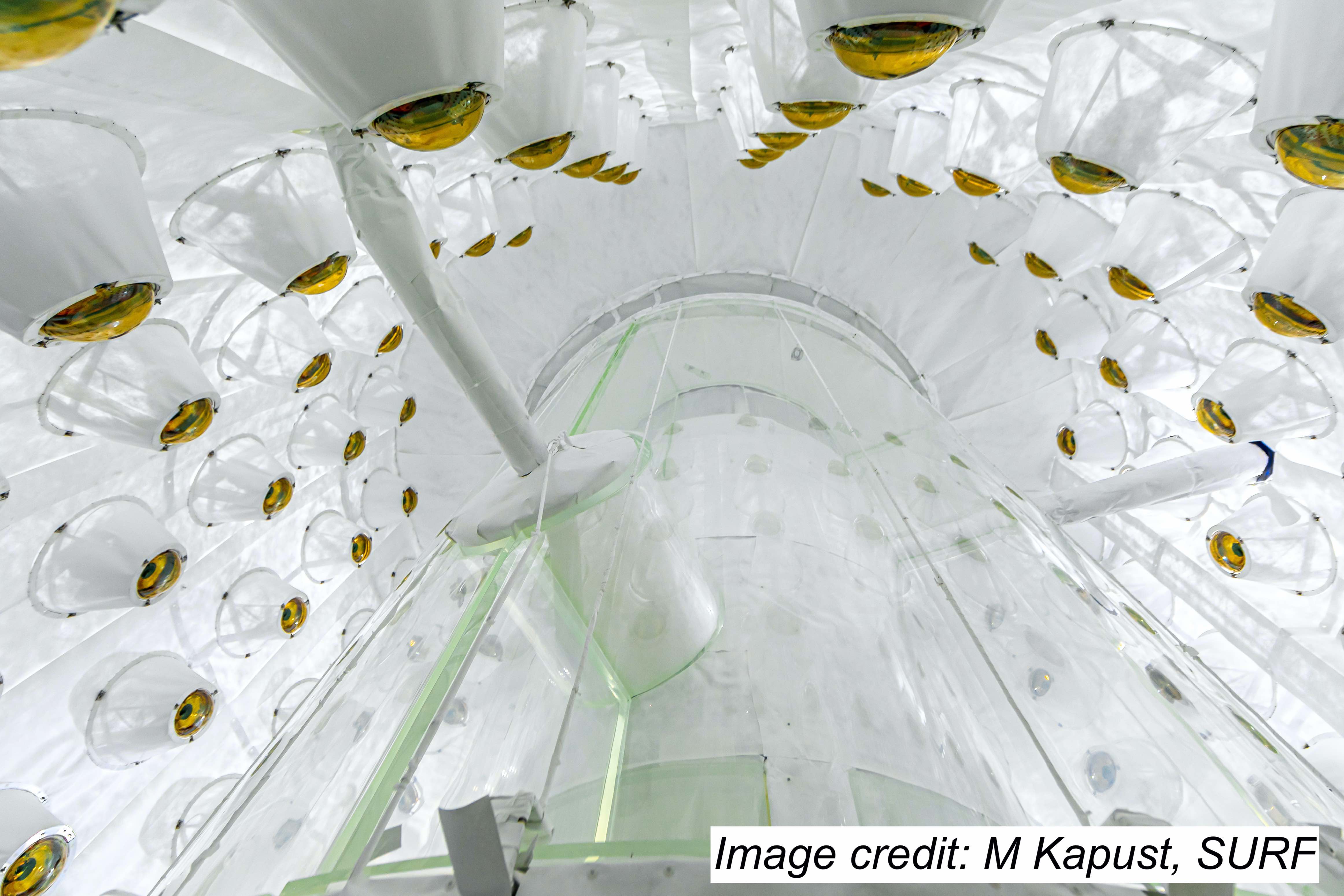
The LZ dark matter experiment uses a 7 tonne liquid xenon target to search for dark matter and other rare physics signals. LZ is operating a mile underground in the Sanford Underground Research Facility in Lead, South Dakota, USA. LZ delivered the world-leading sensitivity in the search for dark matter in form of galactic WIMPs with its first science run, representing less than 10% of the eventual planned exposure. LZ is currently acquiring more physics data with potential for dark matter discovery in theoretically well motivated but completely uncharted electroweak parameter space. The King’s group work on a range of LZ analyses focussing on the use of ML techniques to lower the detection threshld of the experiment and non-WIMP BSM physics searches with multi-vertex signals. The group also contributes to the data processing and slow control operations of the experiment. Looking to the future, the KCL EPAP group is working towards a next-generation generation-3 LXe observatory as part of the Xenon-LUX-ZEPLIN-Darwind (XLZD) consortium. XLZD is planned to operate in the 2030s and will be a 50-100 tonne detector for dark matter and particle-astrophysics searches. The King’s group is also performing R&D into the developments of potential quantum sensor readout of LXe-detectors to target low-mass WIMP searches.